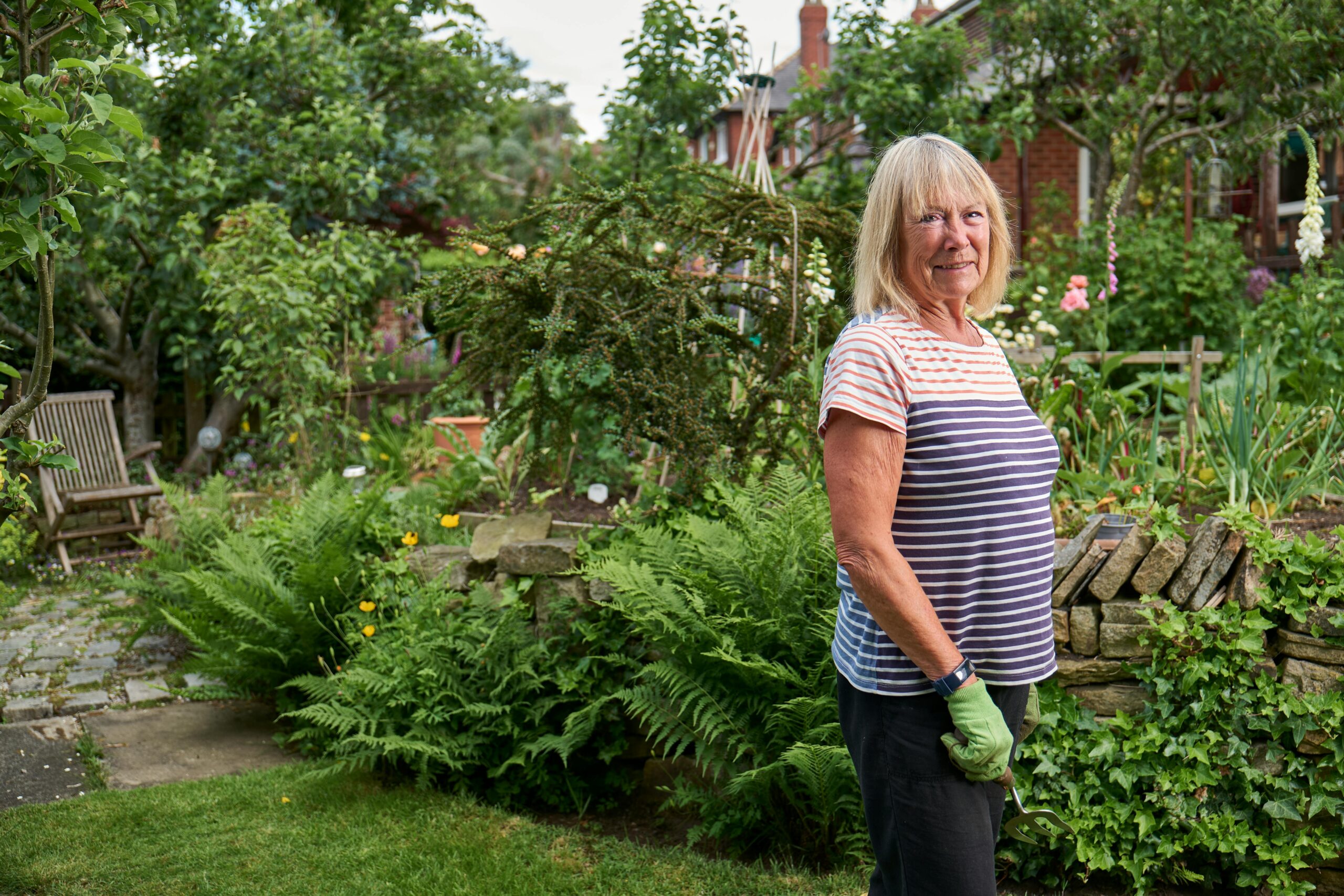You know what’s wild? All those things our boomer parents and grandparents used to do—the stuff we used to roll our eyes at—are suddenly cool again. Like, legit in-demand. While we’ve been busy automating our lives and Googling everything, boomers have been quietly sitting on a treasure trove of analog skills that now feel like superpowers. Turns out, knowing how to sew a button, read a paper map, or fix a busted toaster isn’t just quaint—it’s valuable AF.
In a world where we panic when our phone battery hits 3%, these practical, no-nonsense talents are making a serious comeback. Whether it’s the push for sustainability, the rise of DIY culture, or just collective burnout from too much screen time, people are hungry for hands-on know-how. So before you dismiss your dad’s obsession with handwritten notes or your mom’s ability to make a casserole from literal scraps, take a beat. That old-school expertise? It’s having a moment—and boomers are suddenly the hottest consultants on the block.
Let’s dive into the boomer skills that are not just relevant, but straight-up essential again.
1. Manual Map Reading

Long before Google Maps told us when to turn, boomers plotted routes on folding paper maps with a highlighter in hand. Today, this skill proves invaluable when your phone dies in the middle of nowhere or loses signal in a tunnel. As Medium reports, adventure tourism operators are increasingly hiring guides who can navigate by map and compass, boosting safety and authenticity for off-grid explorers.
There’s something deeply reassuring about unfolding a paper map, tracing your finger along winding roads, and knowing exactly where you are relative to landmarks. Boomers’ spatial awareness and ability to gauge distances without satellites is now a sought-after asset on hiking tours, RV excursions, and survival-training courses. Plus, teaching map skills to younger generations has become a popular workshop theme at outdoor festivals. So if you can find true north with just a map and the sun, congratulations—you’ve unlocked a modern niche market.
2. Patience and Persistence in Customer Service

There was a time when “waiting on hold” meant twiddling your thumbs for what felt like eternity—and boomers survived it with unwavering calm. That Zen-like patience is now gold in high-stress customer-service environments, from tech support to hospitality. CX Today recently covered how call-center burnout rates have dropped 15% when older employees are on staff, thanks to their unflappable demeanor and seasoned conflict-resolution tactics.
Whether it’s fielding back-to-back calls about billing disputes or soothing an irate hotel guest at 2 a.m., boomers bring a level of endurance and empathy that younger, over-stimulated workers struggle to match. They’ve been through it all—dial-up modems, operator transfers, voicemail hell—and they keep their cool no matter how long the queue gets. This resilience reduces turnover, improves customer satisfaction scores, and elevates team morale. So if you’ve got the stamina to stay cheery through “Your call is important to us” on repeat, you’re exactly the hire every company secretly craves.
3. Polished Phone Etiquette

Texting is great—until you need to have a nuanced conversation about your bank statement or negotiate a service contract. Boomers mastered the art of clear, respectful phone communication during an era when calls were the primary way to connect. Today, companies are realizing that hiring customer-service reps who can de-escalate conflicts and foster rapport in real time is a game-changer. A piece in the Readers Digest noted that businesses with “elder associate” programs see a 40% drop in customer churn.
These pros know how to read tone, pace themselves, and convey empathy through voice alone—skills that Zoom fatigue has undermined for many. They can patiently guide callers through troubleshooting steps without resorting to endless menus or automated scripts. Plus, their knack for small talk and human connection makes every interaction feel less robotic. In a world of canned responses, boomer-level phone finesse is a breath of fresh air that customers—and employers—are lined up for.
4. Cursive Writing Fluency

Nothing says “authentic” like a handwritten note penned in flowing cursive. Boomers grew up perfecting loops and swirls, and now that everything’s auto-formatted, receiving a handwritten letter feels like discovering a hidden treasure chest. Wedding invitations, personalized thank-you cards, and even boutique calligraphy gigs are on the rise precisely because people crave that personal touch. According to a recent analysis by the New York Times, there’s been a 30% uptick in demand for cursive-style handwritten invites in the last two years—proof that digital fonts just can’t capture the soul of pen on paper.
If you’ve ever tried to replicate a boomer’s neat script, you know it takes practice and an eye for balance and spacing. That deep memory of perfectly joining letters as a kid translates directly into lucrative side hustles today. Etsy shops selling wedding seating charts or custom greeting cards regularly tout “Master’s level cursive skills” as their top selling point. And beyond commerce, reading old family letters or historical archives is practically a superpower—no OCR struggles required. Boomers, keep those fountain pens handy; your cursive chops are firmly back in vogue.
5. Home Appliance Repair Basics
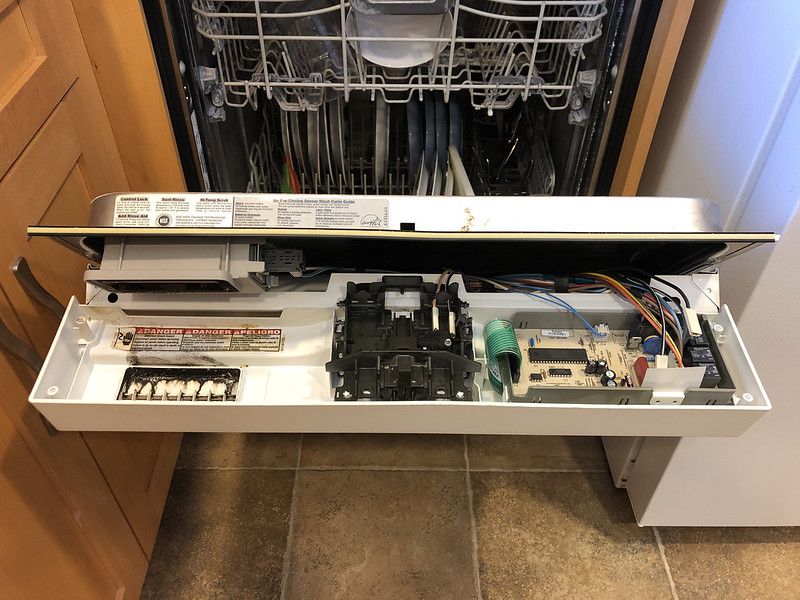
Remember when your toaster, vacuum, or washing machine conked out and you popped the back off to tinker until it worked again? Boomers did—and they can still do it. Right now, there’s a resurgence of demand for affordable, skilled appliance repair technicians who can fix things without instantly ordering a replacement. A recent survey by Forbes highlights that homeowners are driving a 25% increase in calls for “local repair experts,” preferring sustainable fixes over landfill contributions.
These days, DIY repair videos abound, but nothing beats the decades of hands-on troubleshooting that boomers bring to the table. They know which capacitor to swap, how to reset a motor, and when a part is genuinely in need of replacement. This translates to lower costs for homeowners and less electronic waste overall. So if you can silence that rattling refrigerator or resurrect an old coffee maker with just a screwdriver and some spare parts, congratulations—you’re sitting on a goldmine of green, practical expertise.
6. Budgeting and Frugal Living

Growing up when coupon clippings were a weekend hobby, boomers mastered the art of stretching a dollar. Now, as inflation bites and Gen Z scrambles with budgeting apps, the boomer playbook on frugal shopping, DIY meal prep, and mindful spending is hot property. They know how to shop sales cycles, negotiate bulk discounts, and repurpose household items—skills that slash monthly expenses for families and small businesses alike.
Beyond saving money, this thrifty mindset fosters sustainability: fewer impulse buys, less waste, and more creative reuse of resources. Workshops on smart grocery shopping and zero-waste living often feature boomer instructors teaching younger folks how to make staples stretch and avoid food spoilage. From mending torn jeans to whipping up a five-course meal from pantry odds and ends, these lessons in resourcefulness are suddenly headline-worthy in money-saving blogs and community centers everywhere.
7. Social Graces and Face-to-Face Networking

Before every meet-up was a group DM, boomers polished their handshake, eye contact, and small talk skills at countless in-person events. In an era where LinkedIn messages often languish unread, companies are craving real-life networkers who can forge authentic connections at conferences, mixers, and community gatherings. The ability to read body language, introduce people with flair, and leave a memorable impression over coffee is a rare commodity in a swipe-right world.
Event planners and professional associations are booking boomer mentors to coach younger cohorts on in-person etiquette—from the proper way to exchange business cards to mastering follow-up thank-you notes. These classic social skills foster deeper relationships, lead to stronger referrals, and sometimes even land that elusive next gig. So if you can effortlessly navigate a crowded room, remember names without a CRM, and close deals over lunch, welcome to the high-demand world of analog networking.
8. Home Gardening and Composting
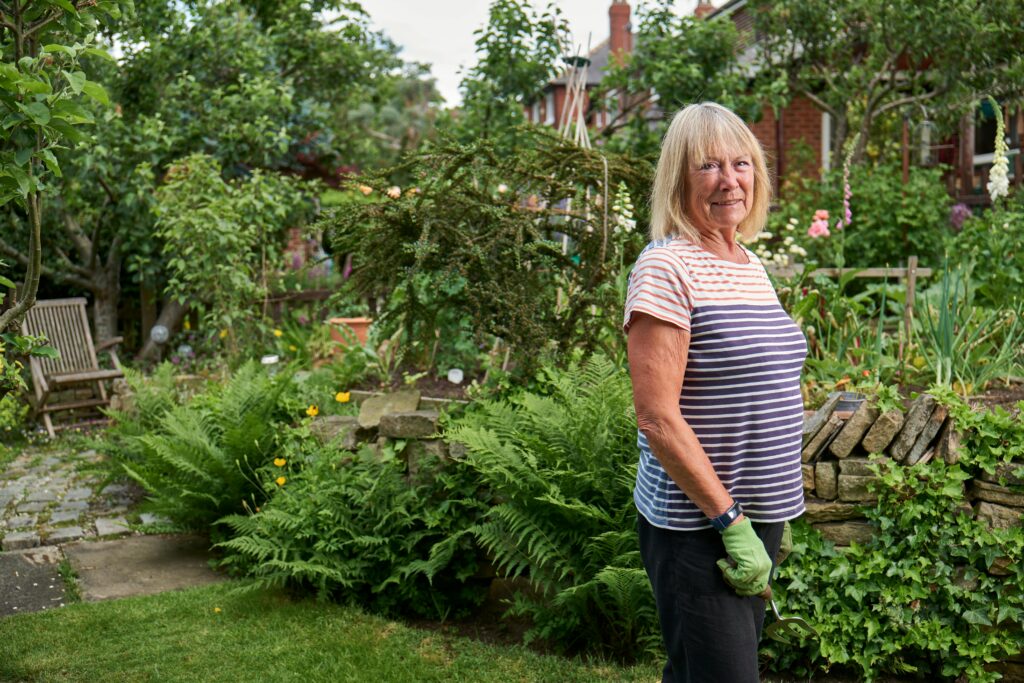
Raised on Victory Gardens and backyard plots, boomers have an innate green thumb that’s suddenly trending as urbanites embrace home gardening for mental health and food security. Knowing when to plant tomatoes, how to rotate crops, and how to concoct the perfect compost mix transforms dull patios into lush, productive spaces. Community garden programs and urban farming initiatives are hiring boomer consultants to teach soil science, seasonal planning, and organic pest control.
Their decades of trial and error mean fewer seed failures and more bountiful harvests. Plus, boomers instinctively blend practicality with patience—understanding that good gardens take time and the right balance of sun, water, and nutrients. With sustainability on everyone’s mind, these eco-savvy skills not only feed families but also reduce grocery bills and plastic packaging. From teaching kids where food really comes from to guiding local nonprofits on rooftop farm setups, boomer gardeners are in bloom.
9. Hand-Sewing and Textile Repair

In an age of fast fashion, the ability to sew on a button, patch a hem, or even upcycle old fabrics is increasingly revered. Boomers who learned to stitch as children can now turn worn jeans into trendy tote bags or mend favorite sweaters so they last another decade. Repair cafes and sustainable clothing brands are tapping these pros to run DIY mending workshops—combating fashion waste one stitch at a time.
Each mend extends the life of garments, reduces landfill contributions, and keeps cherished clothes in rotation. These hands-on skills also foster creativity: textile artists collaborate with boomer mentors to craft quilts from vintage scraps or design unique home décor from recycled textiles. As the “make do and mend” mantra resurfaces, anyone who can thread a needle in dim light and coax a seam back to life is suddenly the coolest person at the craft table.
10. Basic Woodworking and Furniture Restoration
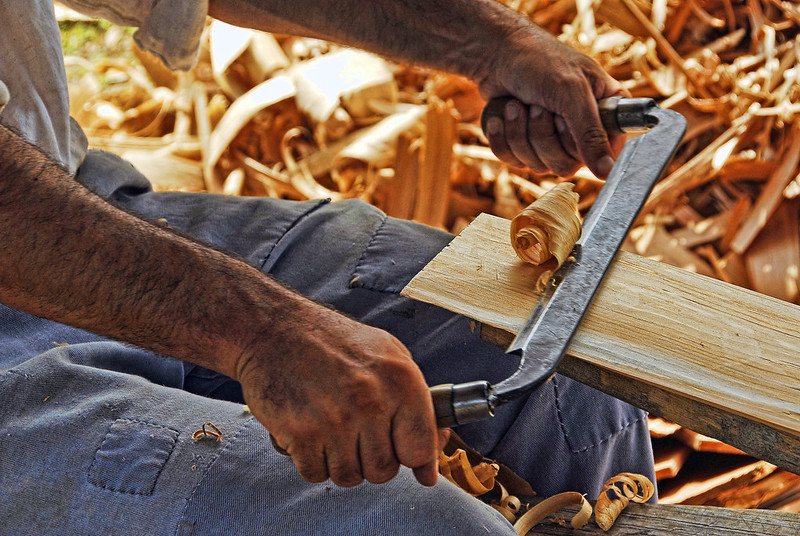
Solid oak dressers versus flimsy particle-board furniture—that’s the boomer mindset. Armed with chisels, sanders, and a love for vintage craftsmanship, boomers can revive heirloom pieces or build sturdy shelves from scratch. Today’s tiny-home trend and the desire for custom furnishings have led boutique carpentry shops to recruit experienced woodworkers for restoration and bespoke projects.
Their eye for grain patterns, joinery techniques, and finishing methods ensures that every piece feels unique and high-quality. Beyond aesthetics, repairing old furniture saves money and reduces demand for mass-manufactured imports. Online marketplaces overflow with listings for refurbished mid-century modern tables and handcrafted benches made by boomer artisans. If you can smooth a splintered edge or re-vene er a tabletop until it gleams, congratulations—you’re fueling the slow-furniture revolution.
11. Storytelling and Oral History
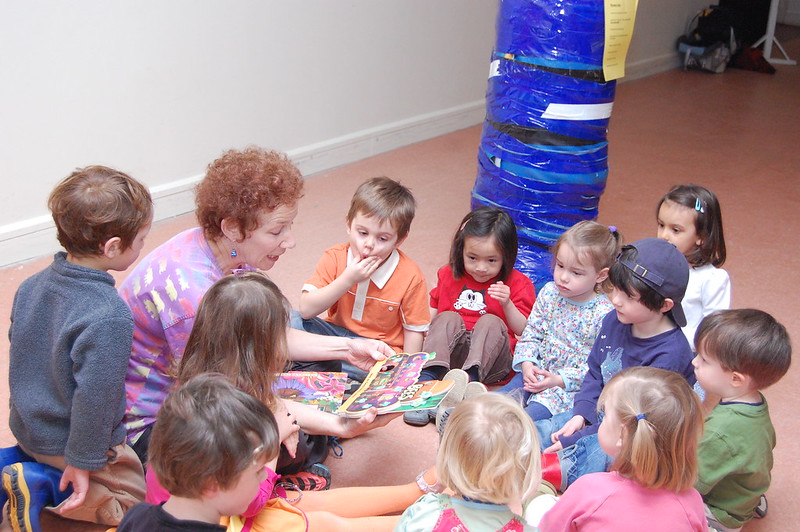
Before every anecdote was a TikTok skit, boomers honed the art of spinning a tale around a campfire or at family reunions. That gift for narrative structure, pacing, and character voice translates into demand for oral-history projects, podcast interviews, and corporate storytelling workshops. Organizations cherish these skills to preserve institutional memory and craft authentic brand narratives.
Boomers know how to ask probing follow-up questions, draw out personal insights, and weave individual stories into a cohesive arc. They’re also masters at preserving nuance—capturing dialect, emotion, and context that no text block or bullet points ever could. From documenting veterans’ experiences to producing mini-documentaries for nonprofits, their ability to immortalize voices on recording devices makes them sought-after collaborators in the multimedia age.
12. Patience-Driven Teaching and Mentorship

Finally, boomers bring a long-view approach to teaching that’s built on patience, repetition, and personal encouragement—qualities often sidelined in today’s fast-paced, results-obsessed culture. Whether it’s one-on-one computer tutoring, knitting lessons, or life-skills coaching, younger learners crave mentors who won’t rush through concepts or dismiss basic questions.
These boomer mentors know how to scaffold learning: breaking down complex tasks into manageable steps, celebrating small wins, and adapting their pace to each student’s needs. Education startups and community centers are hosting intergenerational programs where boomers tutor tiny-house builders on carpentry or guide teens through financial literacy. In a time when so much feels ephemeral, the steady presence and unwavering support of a patient mentor is priceless—and absolutely in demand.
This article is for informational purposes only and should not be construed as financial advice. Consult a financial professional before making investment or other financial decisions. The author and publisher make no warranties of any kind.





